Statistical Analysis and Visualization with Python
in Basics of Computing Language > PythonWhat you will learn?
In today’s data-driven world, the ability to analyze and communicate insights from data is essential across domains. This course is designed to equip learners with both the statistical foundation and the practical skills to explore, analyze, and visualize data effectively using Python and its powerful libraries. Starting with the fundamentals of statistical analysis, you will learn how to explore and preprocess data, understand probability distributions, perform inferential statistics, and conduct regression and correlation analyses—all key steps in drawing meaningful conclusions from complex datasets. Building on this foundation, the course delves into statistical visualization, where you'll master how to use Seaborn to create compelling plots that reveal patterns, trends, and relationships in data. You’ll explore techniques for univariate, bivariate, and multivariate analysis, along with advanced features to customize your visual outputs for clarity and impact.
As datasets grow in size and complexity, dimensionality reduction becomes crucial. In this course, you will be introduced to cutting-edge techniques like PCA, UMAP, and t-SNE, which help simplify data without losing essential structure—enabling better visualization and faster computation. Finally, you’ll learn to create complex and specialized visualizations, such as circular plots, phylogenetic trees, and geospatial maps, which are particularly valuable in fields like genomics, evolutionary biology, and environmental data science.
Whether you're a student, researcher, or professional, this course will provide the statistical tools and visualization techniques you need to confidently turn data into insight—and insight into action.
Comments (0)







